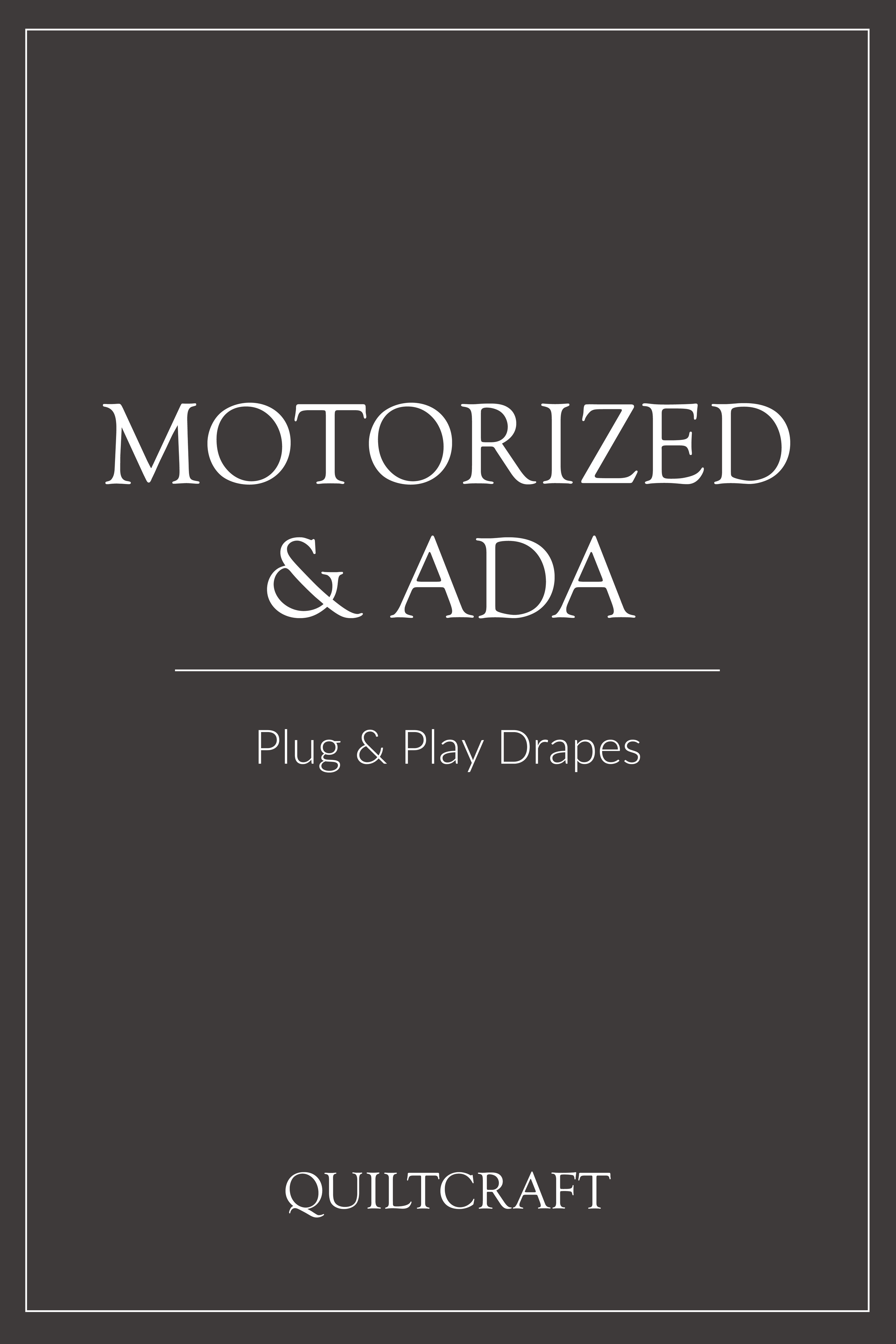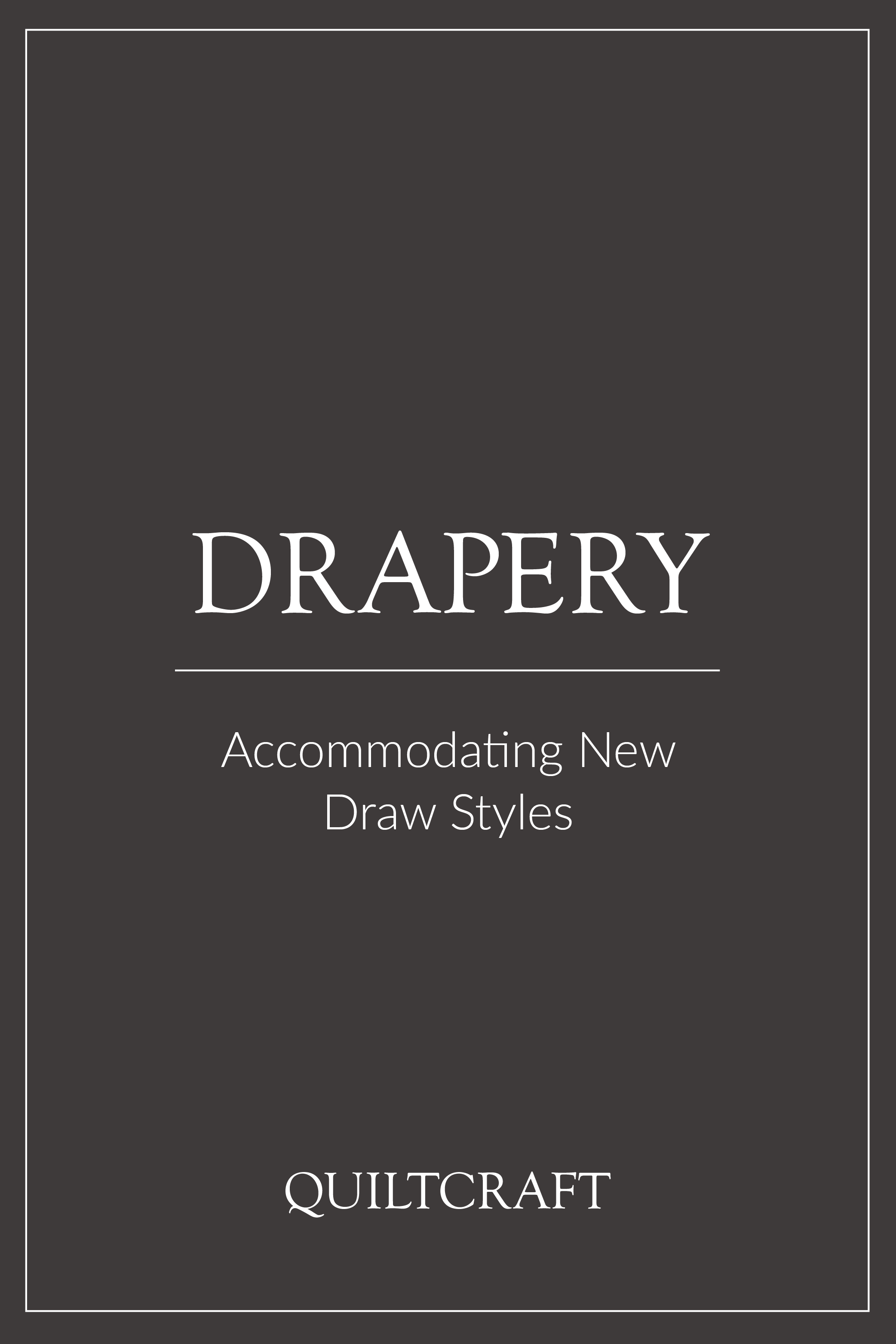Drapery Pleat Styles
Knife
The drapery knife pleat style is a contemporary option characterized by its defined single pleat design. This style is ideal for situations where minimal fullness is desired, lending a sleek and modern look to your window treatments. However, it's important to note that this style works best when the fullness does not exceed 200%, ensuring that the pleats maintain their crisp, tailored appearance without becoming overly bulky.
2-Finger
The 2-finger pleat style is a conventional option featuring just two folds, making it a practical choice for those prioritizing performance and value. This style provides a balanced combination of elegance and functionality, ensuring that your drapery looks beautiful while serving its purpose effectively. It's essential to note that there are usually no operational deficiencies, allowing the drapes to move smoothly and effortlessly, enhancing the overall experience of your window treatments.
3-Finger
Versatile, conventional, practical, and reliable. French, otherwise known as “pinch pleat”, is a crowd favorite—no operational deficiencies! This style is an excellent choice for all placement areas; especially, where performance and value are priority!
Interestingly, French and Euro styles are also extremely similar in design. Not to be confused with Euro, even though both styles are extremely similar in design, the only difference is the placement of the tacking. French is three inches from the top of the drape and Euro is only one inch from the top of the drape.
Euro
Tradition with a twist. Euro design conveniently retains function and great performance. This is not a drape to be hidden, but placed where details are noticed and cherished. All eyes will be drawn to the top of this drapery—you won’t want the show stopper to be hidden!
Inverted
Examining the front of Inverted and Box, one would not notice their similarity. The only difference in creating these two diverse styles is the placement of the stitching. While the Box style is stitched on the front side of the drape, the Inverted style is stitched on the backside. Stitching, particularly like this, on the backside creates a discrete and simple tone for the drape. It operates functionally with aesthetic improvements. We suggest hanging these drapes where the top will be visible.
Cartridge
Dignified and rigid: ensures sharpness and distinction. Who would have guessed this design exhibits the initial loop used for creating the French, Euro, and Goblet styles of drapery? Its common design is terrific for upgrading reuse of hardware (yay!). Unfortunately, this specific design requires additional depth for proper stacking; thus, narrow applications should be avoided.
Tab Top
Flexible, casual, hassle-free, and versatile! This drape is best used when emphasizing decorative hardware. Traversing applications should be avoided.
Grommet
Creatively integrates drapery and hardware into a single treatment! Even though it does not travel well across hardware and produces light bleed issues, this style is perhaps the most popular residential treatment. The Grommet design also helps accentuate hardware!
Ripplefold
Refined and complex combined to make an alluring drape. This design requires detailed hardware application that is created for each unique drape—therefore, reusing existing hardware for new Ripplefold drapes should be averted. Interestingly, drapes must be hung below the track where hardware is not concealed, which creates light bleed issues. Best displayed where budgets allow for additional appeal and interest.
We hope this post gave you some helpful tips for your next project! We have put this information in a downloadable PDF card so you can print it and keep it near you!
Visit us again for more drapery related tips!
Check Out More Drapery Related Resources









